

Ma Xuefeng, deputy director of the Zhangjiagang Bureau of Commerce, says the city has picked companies with strong prospects. Between January and August this year, Zhangjiagang gave the green light to 29 new projects from companies from the emerging high-tech industries, reaping an investment bonanza worth $750 million, or 85.2 percent of the total investment during that period.
"Companies or projects that create pollution and use a lot of energy are finding it more difficult to do business here, even if it means a lot of money and job opportunities for the city in the short term," she says. "We prefer companies that are environmentally friendly, especially those dealing in new equipment, new energy and new materials."
Krempel Solar Material (Jiangsu) Co Ltd, a solar materials manufacturer and subsidiary of Krempel Group of Germany, is among the new breed of businesses to set up in Zhangjiagang.
Its general manager, Marius Stuckenberger, says it decided to invest after exhaustive research to find a location that would fulfill key criteria, including a stable workforce, support from local authorities, and customer satisfaction in terms of logistics.
"Of all places we looked at, Zhangjiagang fulfilled the criteria best," he says.
His sentiments were echoed by Satoshi Hamamoto, vice-president and director of Nachi (Jiangsu) Industries Co Ltd, which makes precision cutting tools, hydraulic equipment, industrial robots and automotive solenoids.
"It is not a big city, but it is clean and quiet, with a good security environment," he says. "Also, the support facilities are quite good, and it is close to Shanghai and other cities of Jiangsu province, where we have longstanding suppliers and clients."
Gu Weibin, director-assistant of the Zhangjiagang Economic and Technological Development Zone administration commission, says the city's economic hotspot now boasts more than 3,000 companies and an output value last year of 75 billion yuan.
Textiles manufacture, which used to account for half of the region's total output, now only accounts for 30 percent. In its place, the city's development zone has six companies that make robots and robotic components. To cater for the rise of this sector, a specialized industrial and research park is being built that officials predict will generate 6 billion yuan by 2016, and 20 billion yuan by 2020.
Hamamato says Nachi (Jiangsu) has opened a research division that aims to create cheaper robots, specifically tailored to the Chinese market. But one of the big hurdles, he says, is attracting and retaining skilled talent.
Yao, the city's Party chief, says about 90 percent of Zhangjiagang's 3,000 graduates every year choose to stay in the city, but some specialized skills still need to be imported.
Yao concedes the long road to industrial transformation is paved with difficulties, but the alternative route is the short one to ruin.
"Transformation is a slow process, and there are specific problems that arise in every process," Yao says. "But we are constantly looking for more efficient ways to help the city transform as quickly as possible."
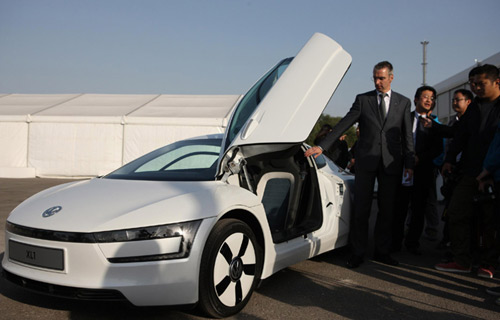 World's first 1-liter car debuts in Beijing
World's first 1-liter car debuts in Beijing
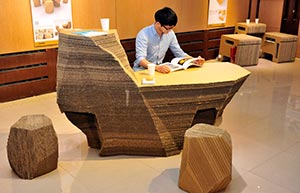 Paper-made furniture lights up art show
Paper-made furniture lights up art show
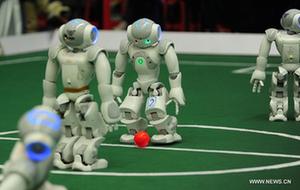 Robots kick off football match in Hefei
Robots kick off football match in Hefei
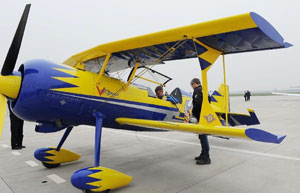 Aerobatic team prepare for Aviation Convention
Aerobatic team prepare for Aviation Convention
 China Suzhou Electronic Manufacturer Exposition kicks off
China Suzhou Electronic Manufacturer Exposition kicks off
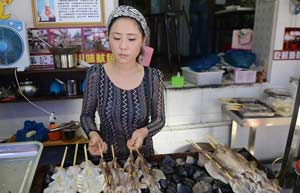 'Squid beauty' and her profitable BBQ store
'Squid beauty' and her profitable BBQ store
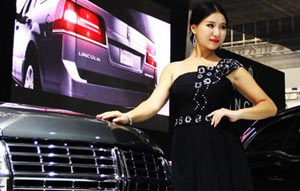 A day in the life of a car model
A day in the life of a car model
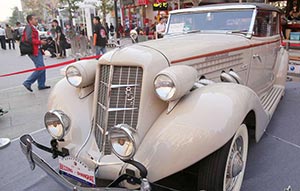 Vintage cars gather in downtown Beijing
Vintage cars gather in downtown Beijing